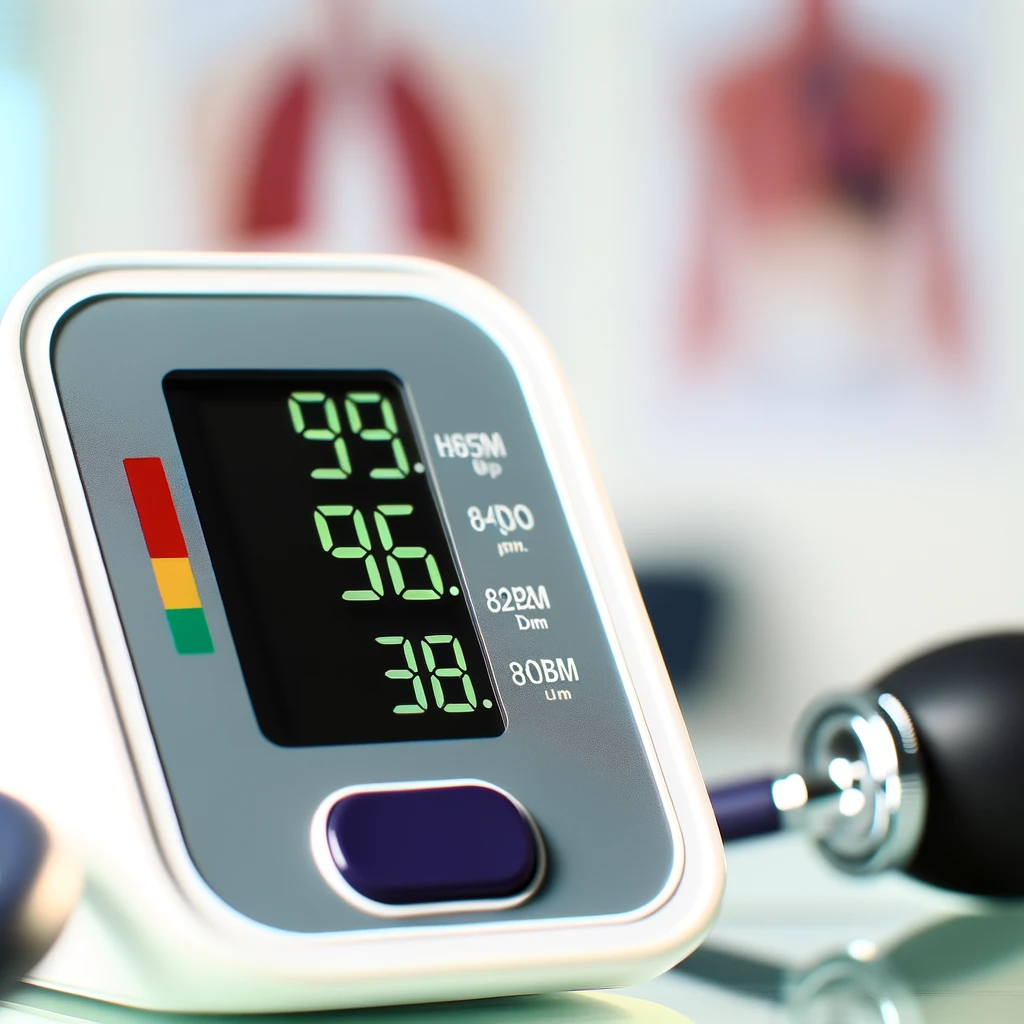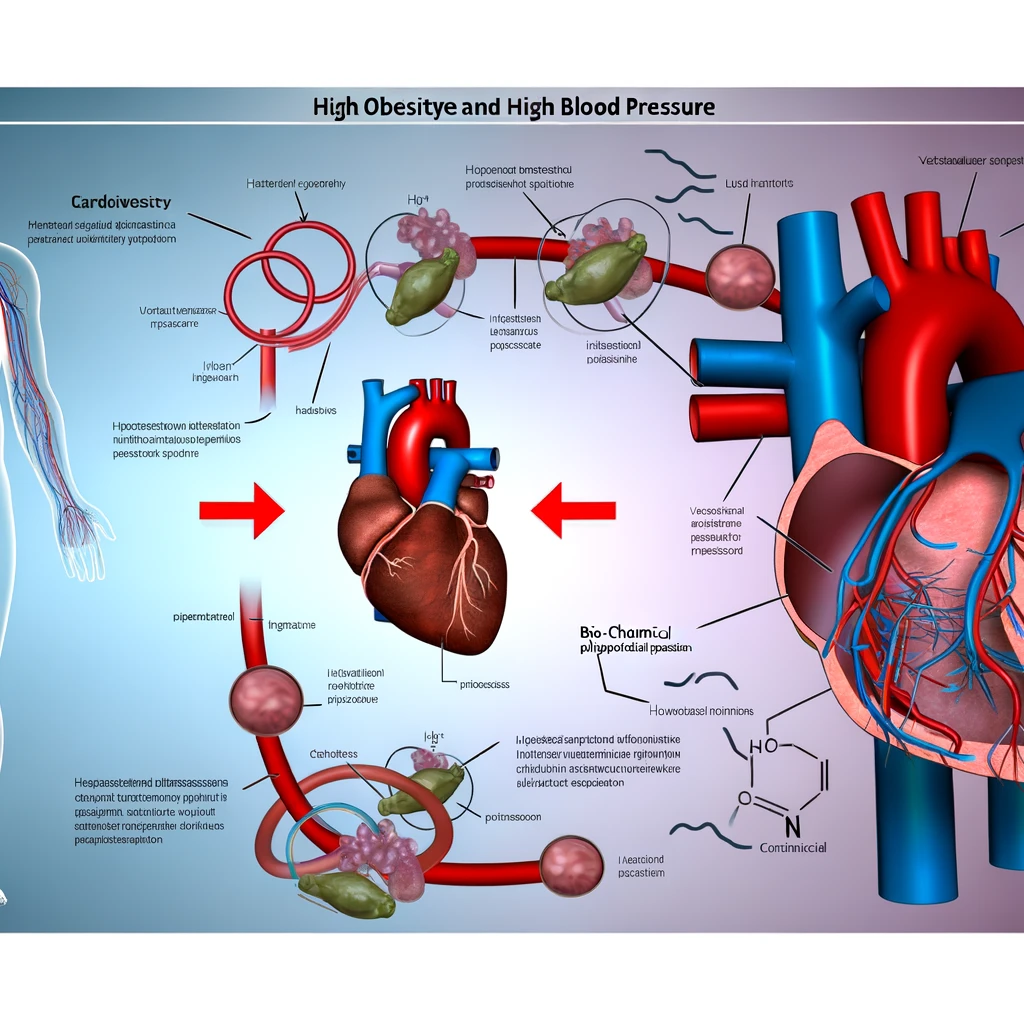
Monitoring Your Heart Rate During Exercise: Tips and Tricks
Understanding and monitoring your heart rate during exercise is crucial for optimizing your workouts and ensuring safety. Whether you are a beginner or an experienced athlete, being aware of your heart rate can help you tailor your exercise intensity, enhance your performance, and avoid overtraining.
Why Monitor Your Heart Rate?
Monitoring your heart rate provides immediate feedback on your body's response to exercise. It helps in:
- Assessing Exercise Intensity: By keeping track of your heart rate, you can ensure that you're working out at the right intensity to meet your fitness goals.
- Preventing Overtraining: Monitoring helps in avoiding excessive strain that can lead to injury or burnout.
- Tracking Progress: Regular monitoring can show improvements in your cardiovascular fitness over time.
How to Measure Heart Rate?
There are several methods to measure your heart rate during exercise:
Using a Heart Rate Monitor
Heart rate monitors are the most accurate way to track your heart rate. They come in wearable forms like chest straps or wristbands and provide real-time data.
Manual Pulse Check
If you do not have a monitor, you can check your pulse manually:
- Stop exercising temporarily or slow down.
- Place your index and middle fingers on your wrist or the side of your neck.
- Count the beats for 15 seconds and multiply by four to get beats per minute (BPM).
Determining Your Target Heart Rate Zone
Your target heart rate zone is a range that defines the safe and effective intensity level for your workouts:
Calculating Maximum Heart Rate
The simplest way to calculate your maximum heart rate is 220 minus your age. For example, a 30-year-old would have a maximum heart rate of 190 BPM.
Target Heart Rate Zones
Once you know your maximum heart rate, you can determine your target zones:
- Moderate Intensity: 50-70% of maximum heart rate.
- Vigorous Intensity: 70-85% of maximum heart rate.
Tips for Effective Heart Rate Monitoring
To make the most out of heart rate monitoring, consider the following tips:
Choose the Right Equipment
Select a reliable heart rate monitor that suits your needs and preferences. Wearable technology with Bluetooth connectivity can sync with apps for better tracking.
Warm Up and Cool Down
Always start with a warm-up to gradually increase your heart rate and end with a cool-down to bring it back to normal levels.
Stay Hydrated
Dehydration can affect heart rate readings, so ensure you drink enough water before, during, and after exercise.
Listen to Your Body
While heart rate is a great guide, it's also important to pay attention to how you feel. If you experience dizziness or breathlessness, it's best to stop and rest.
Conclusion
Monitoring your heart rate is a vital component of an effective exercise routine. By understanding your heart rate zones and using the right tools, you can enhance your workouts, track progress, and maintain your overall health. Start incorporating heart rate monitoring into your exercise regimen today to achieve your fitness goals effectively and safely.
Related Articles




